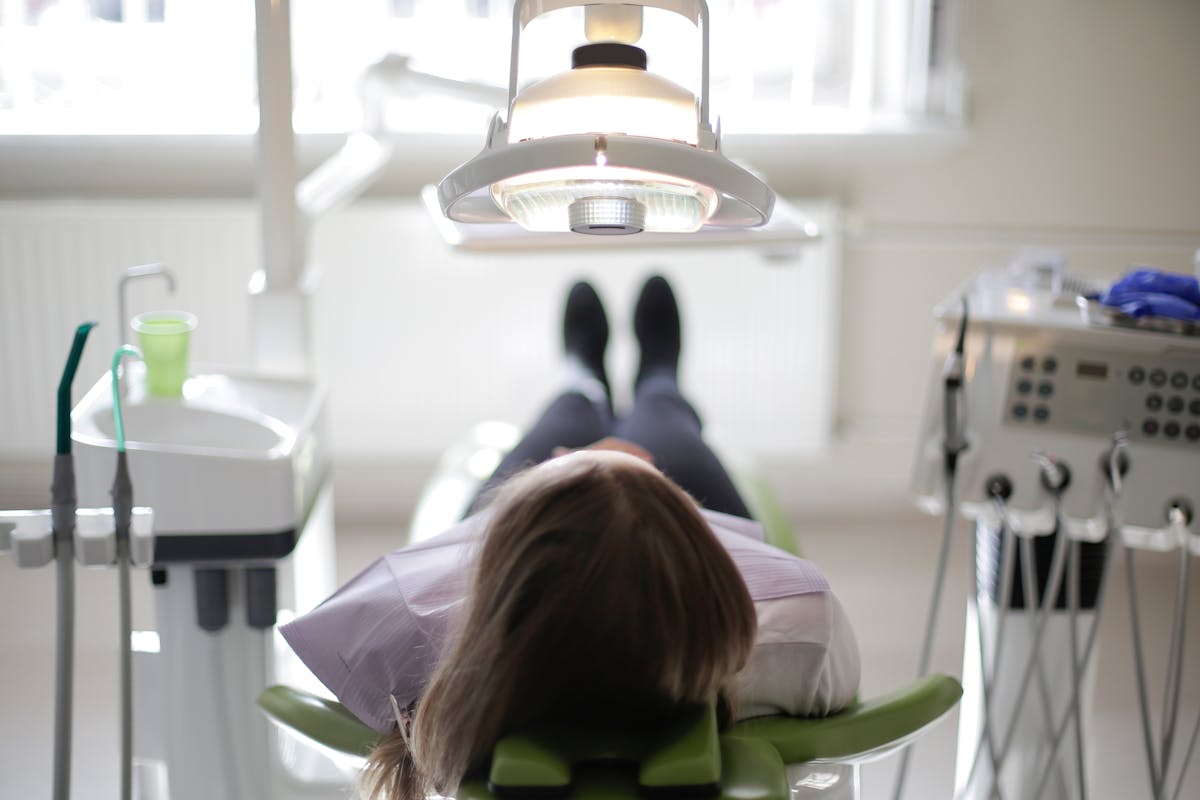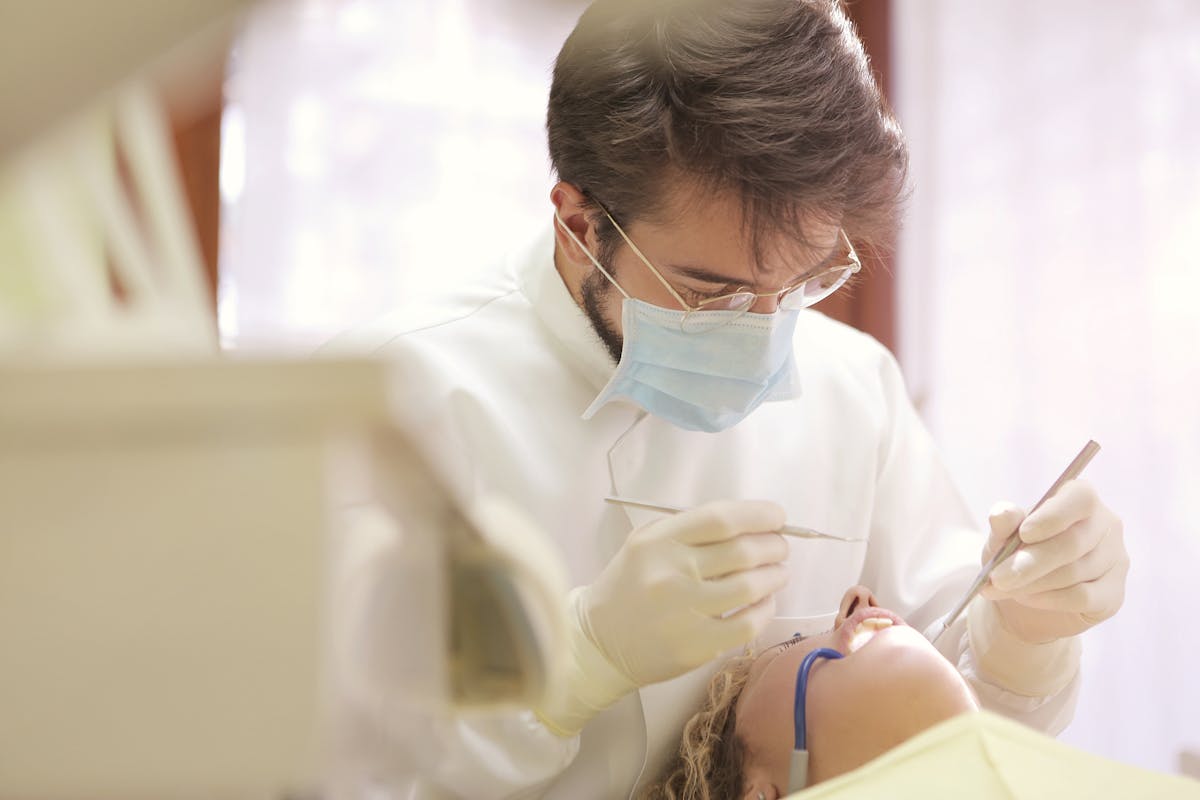The Evolution of Orthodontic Techniques
While orthodontic practices have existed for centuries, the evolution of techniques in the field has been marked by significant advancements in both technology and methodology. Historical techniques were often rudimentary, relying on crude devices like catgut and metals to align teeth. These early methods, though groundbreaking for their time, lacked precision and comfort. As the science of orthodontics developed, so too did the tools and approaches, from Edward Angle’s classification system to the introduction of stainless steel in braces. Today, the landscape is set for future innovations, including 3D printing and clear aligners, promising greater customization and efficiency. These advancements not only improve patient outcomes but also reflect a continual pursuit of excellence in aligning dental structures with minimal discomfort.




Understanding the Role of Orthodontists
Orthodontists play an essential role in dental healthcare, specializing in diagnosing, preventing, and treating dental and facial irregularities. Their expertise requires years of additional training after dental school, focusing on aligning teeth and jaws to guarantee proper function and aesthetics. An orthodontic career demands a thorough understanding of complex dental structures and the ability to devise individualized treatment plans. Beyond technical skills, orthodontists emphasize patient education, highlighting the importance of maintaining oral health and understanding treatment options. They work closely with patients to explain procedures, answer questions, and provide guidance on ideal care practices. As specialists, orthodontists contribute considerably to improving patients’ quality of life by enhancing their dental function and appearance, ultimately fostering better dental health outcomes.
Traditional Braces vs. Modern Alternatives
Traditional braces have long been the cornerstone of orthodontic treatment, offering a reliable solution for correcting misaligned teeth and bite issues. These metal brackets and wires are effective but come with maintenance requirements, including regular adjustments and diligent cleaning to prevent plaque buildup. Braces maintenance is essential to achieving ideal results and minimizing complications.
In contrast, modern alternatives like clear aligners provide a more discreet and comfortable option. They require less frequent orthodontic visits, potentially reducing orthodontic costs over time. However, clear aligners may not be suitable for complex cases that traditional braces can handle. While the initial investment in aligners can be higher, their convenience and aesthetic appeal attract many patients. Ultimately, the choice between traditional braces and modern alternatives depends on individual needs and orthodontic goals.
The Science Behind Jaw Alignment and Oral Health
Jaw alignment plays a vital role in maintaining overall oral health, influencing functions such as chewing, speaking, and breathing. Misalignment can lead to a variety of dental issues, including uneven wear on teeth, increased risk of decay, and temporomandibular joint disorders. Understanding the relationship between jaw positioning and oral health is essential for effective orthodontic treatment and long-term dental well-being.
Importance of Jaw Alignment
Proper jaw alignment plays a crucial role in maintaining ideal oral health, influencing not only the aesthetic appearance of an individual’s smile but also the functionality of their bite. The relationship between the upper and lower jaws considerably affects jaw function, ensuring efficient chewing and speech. Misaligned jaws may lead to improper distribution of bite forces, potentially causing discomfort or pain. Additionally, facial aesthetics are enhanced by a well-aligned jaw, contributing to a balanced and symmetrical appearance. This alignment supports the structural harmony of facial features, impacting overall confidence and self-perception. Orthodontic interventions often aim to correct malocclusions, promoting both functional efficiency and visual appeal. Therefore, the importance of jaw alignment extends beyond mere appearance, underscoring its essential role in thorough oral well-being.
Impact on Oral Health
While often underestimated, the alignment of jaws considerably influences oral health. Proper jaw alignment facilitates effective oral hygiene by ensuring that teeth are well-positioned for brushing and flossing, thereby reducing the risk of plaque accumulation and gum disease. Orthodontic maintenance plays an essential role in preserving this alignment, as consistent check-ups and adjustments can prevent potential dental complications. Malocclusion, or misalignment, can lead to difficulties in cleaning teeth, resulting in cavities and periodontal issues. Additionally, a well-aligned jaw reduces undue stress on teeth and the temporomandibular joint, mitigating risks of wear and discomfort. Ultimately, orthodontic interventions not only enhance aesthetic appeal but also bolster oral health, underscoring the importance of maintaining alignment through regular orthodontic maintenance and diligent oral hygiene practices.
Benefits of Digital Imaging in Orthodontics
Digital imaging technology has revolutionized orthodontics by providing clearer and more accurate diagnostic tools. Traditional methods often relied on physical molds, which could be uncomfortable and imprecise. In contrast, digital impressions allow for a more comfortable and precise experience, capturing intricate details of a patient’s dental structure. This advancement facilitates the creation of accurate 3D models, enabling orthodontists to visualize and plan treatments with greater efficacy. The precision of 3D modeling aids in better treatment outcomes by allowing for tailored approaches to each unique dental issue. Additionally, digital imaging reduces the need for repeated visits, as adjustments and monitoring can be done more efficiently. Ultimately, these technological advancements streamline processes, enhance accuracy, and improve patient satisfaction in orthodontic care.
Exploring the Advantages of Clear Aligners
Clear aligners offer a discreet solution for those seeking orthodontic treatment without the noticeable appearance of traditional braces. They are designed to provide a comfortable experience, as the aligners are custom-made to fit snugly over the teeth, eliminating the irritation often associated with metal brackets and wires. Furthermore, clear aligners allow for easy removal, offering flexibility in daily routines and maintaining oral hygiene.
Discreet Teeth Straightening
In recent years, the demand for discreet teeth straightening solutions has markedly increased, with clear aligners leading the charge. These innovative orthodontic tools provide invisible options for individuals seeking to enhance their smiles without the conspicuousness of traditional braces. Clear aligners are crafted from transparent materials, making them nearly undetectable when worn, hence offering significant aesthetic appeal. This quality is particularly valued by adults and teenagers who wish to maintain a professional or polished appearance throughout their treatment process.
Furthermore, clear aligners are custom-designed to fit snugly over the teeth, gradually guiding them into alignment. This method not only enhances dental aesthetics but also promotes oral health by correcting misalignments. As a result, clear aligners have become a preferred choice for those prioritizing discretion in their orthodontic journey.
Comfortable Wear Experience
While the discreet nature of clear aligners is highly appealing, their comfortable wear experience further distinguishes them as a superior orthodontic choice. The innovative wear materials used in clear aligners provide a snug fit, minimizing irritation and discomfort typically associated with traditional braces. These materials are designed to be smooth and gentle against the gums and cheeks, enhancing patient comfort throughout the orthodontic treatment. Unlike metal brackets and wires, clear aligners can be easily removed when eating or brushing, allowing for a more flexible lifestyle. Patients report fewer mouth sores and less pain, leading to a more positive experience. The combination of advanced materials and patient-centric design makes clear aligners an attractive option for those seeking both efficacy and comfort.
Personalized Orthodontic Treatment Plans
For many individuals seeking orthodontic care, personalized treatment plans play an essential role in achieving ideal outcomes. Orthodontists recognize that each patient’s dental structure and needs differ considerably, necessitating customized care tailored to specific conditions. By evaluating factors such as age, oral health, and the severity of misalignment, professionals craft individualized approaches that optimize results. A vital component of these plans is the treatment timeline, which is strategically developed to guarantee efficient progress while minimizing discomfort. This timeline considers the patient’s lifestyle and goals, allowing for adjustments as needed. By embracing advanced technology and techniques, orthodontists are better equipped to deliver precise, patient-centered care. Ultimately, personalized treatment plans enhance the effectiveness and efficiency of orthodontic interventions, benefiting patients tremendously.
Visit Us Today
Let OraCare Dental Centre be your partner in lifelong oral health. Whether it’s your first visit or your fiftieth, we’re here to make your dental experience exceptional.
